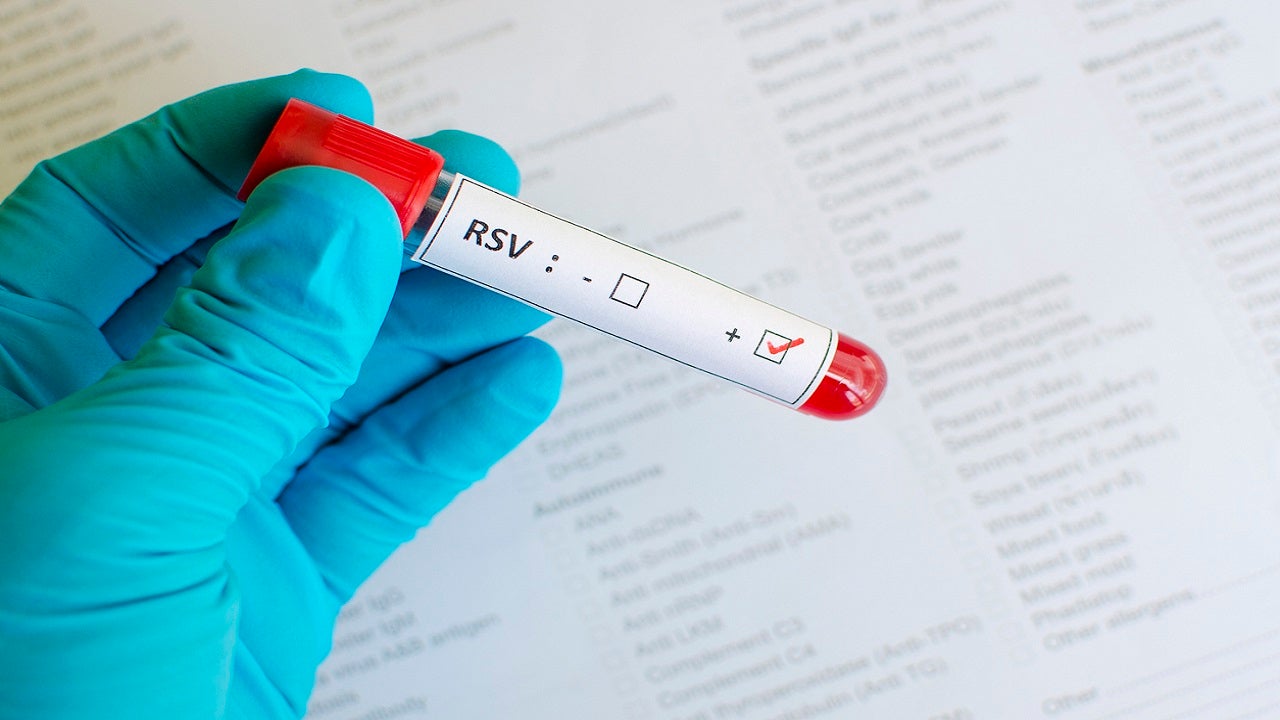infectious-disease is now causing more than a third of new omicron cases worldwide.
However, scientists are still learning about “stealth omicron,” and the world-health-organization” target=”_blank”>World Health Organization (WHO)<.
WHO TRACKING 4 OMICRON SUB-VARIANTS, SAYS PREVENTING ALL COVID TRANSMISSIONS ‘NOT THE GOAL’
The WHO said in a Tuesday update that BA.2 has been increasing relative to the BA.2 sub-lineage – though the circulation of all omicron variants has been in decline.
“BA.2 differs from BA.1 in its genetic sequence, including some amino acid differences in the spike protein and other proteins. Studies have shown that BA.2 has a growth advantage over BA.1. Studies are ongoing to understand the reasons for this growth advantage, but initial data suggest that BA.2 appears inherently more transmissible than BA.1, which currently remains the most common omicron sublineage reported,” it said. “This difference in transmissibility appears to be much smaller than, for example, the difference between BA.1 and delta. Further, although BA.2 sequences are increasing in proportion relative to other omicron sublineages (BA.1 and BA.1.1), there is still a reported decline in overall cases globally.”
Studies are being conducted to evaluate the risk of infectious-disease” target=”_blank”>reinfection< because it lacks a genetic quirk of the original omicron variant.
FAST-SPREADING COVID-19 OMICRON TYPE REVIVES QUESTIONS ABOUT OPENING UP
Vaccines appear just as effective against the sub-variant according to early research.
One estimate suggests BA.2 s about 30% more contagious than the original omicron.
 Video
Video
BA.2 has been found in more than 80 countries, as well as across all 50 U.S. states.
The WHO has reported BA.2 as dominant in 19 countries, representing about 36% of sequenced omicron cases submitted in the most recent week to a publicly available international database.
CLICK HERE TO GET THE FOX NEWS APP
According to the Centers for Disease Control and Prevention (CDC), BA.2 caused about 4% of coronavirus cases in the U.S. during the week ending on Feb. 19.
While COVID-19 cases continue to fall – including in some places where BA.2 is prevalent – it is difficult for researchers to predict how much BA.2 will change caseloads because it is spreading in communities with varying levels of protection from vaccines and prior infections.
The Associated Press contributed to this report.









